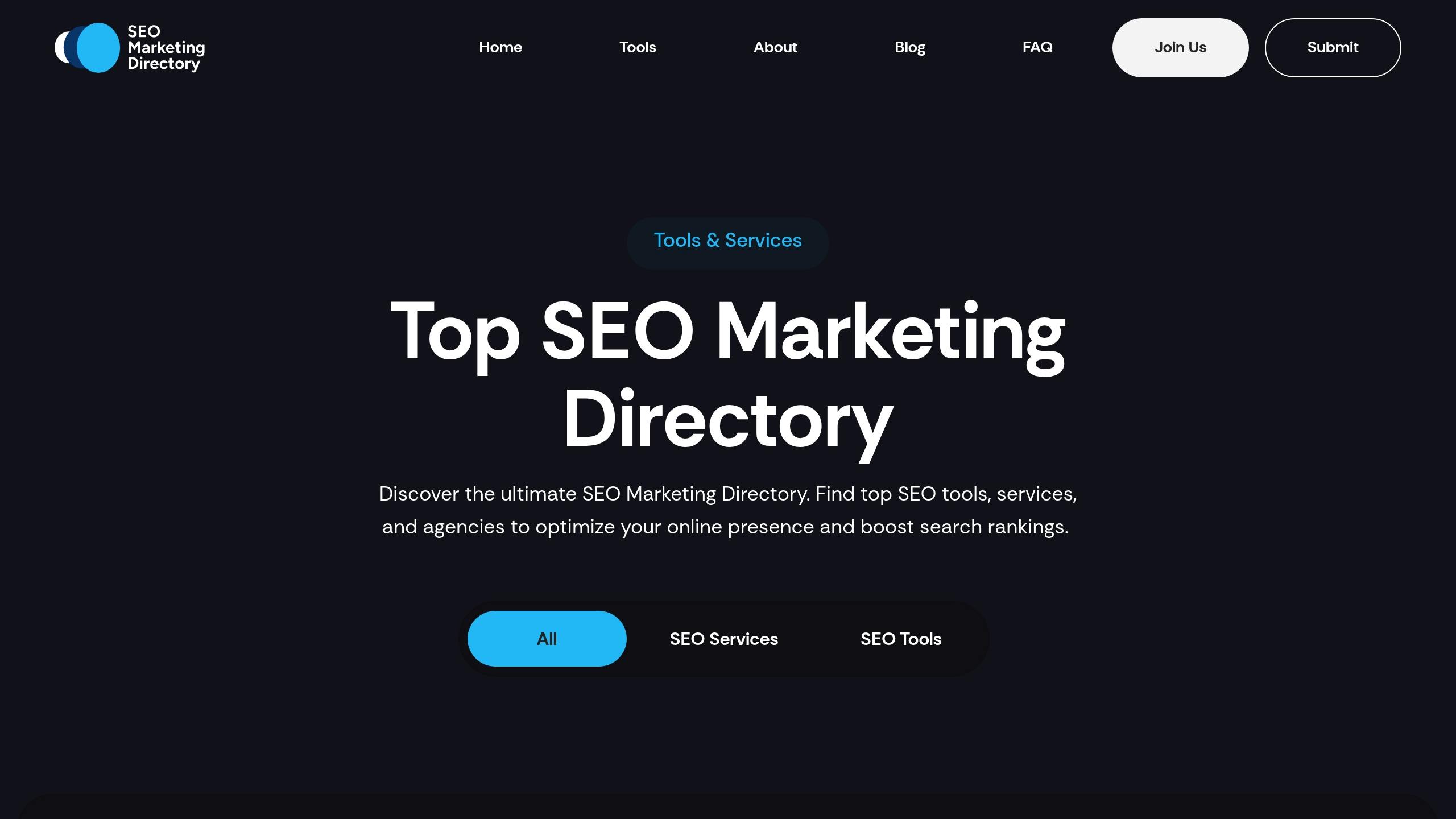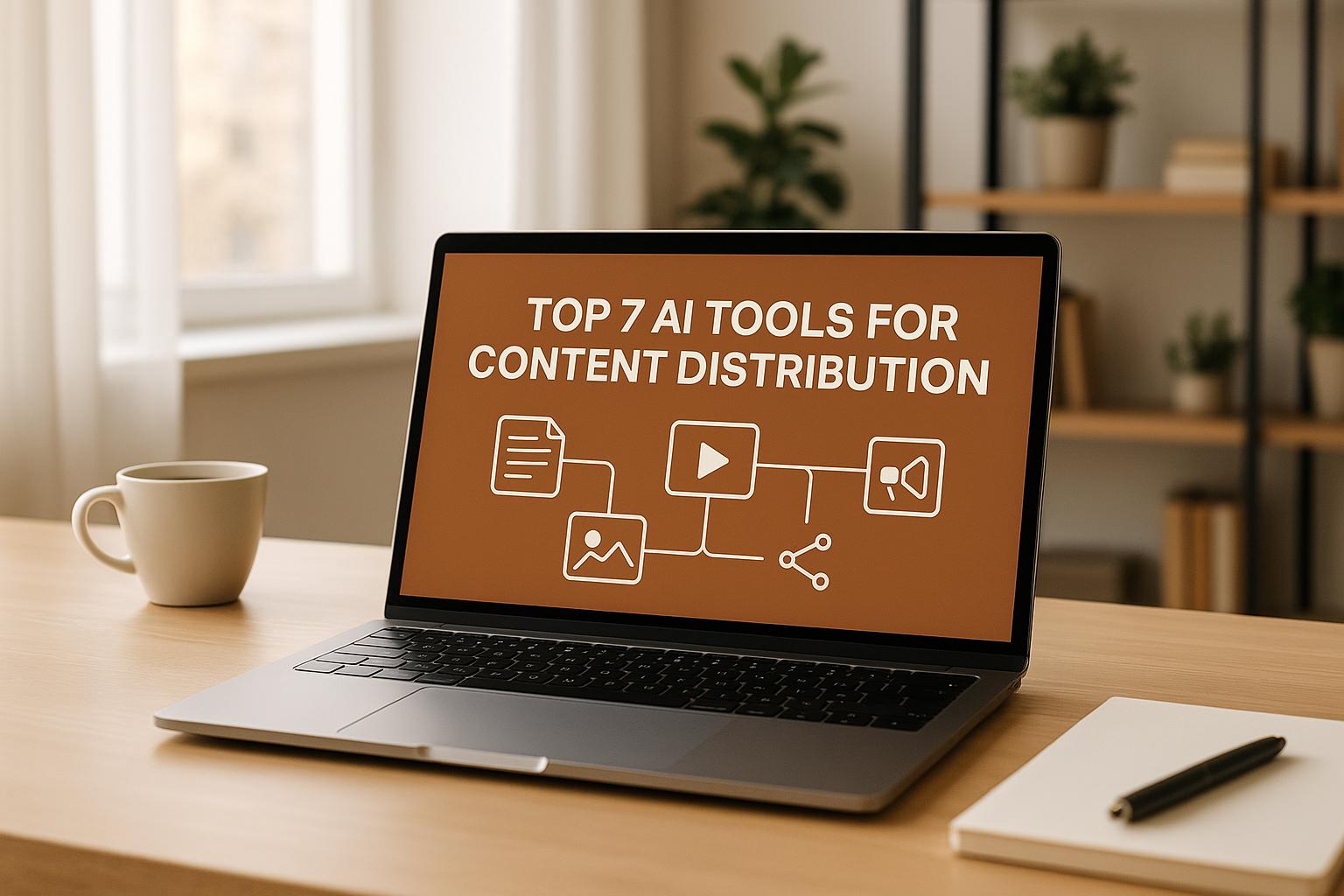Matching content with search intent is essential for creating valuable, user-focused content that ranks well on Google. Search intent refers to the reason behind a user's query, and there are four main types:
- Informational: Users want answers or knowledge (e.g., "how to bake a cake").
- Navigational: Users seek specific websites or brands (e.g., "YouTube login").
- Commercial: Users compare products or services (e.g., "best laptops under $1000").
- Transactional: Users are ready to take action or make a purchase (e.g., "buy running shoes").
Key Strategies to Match Search Intent:
- Analyze SERPs: Study top-ranking pages for your target keywords to understand user expectations.
- Use Tools: Platforms like Clearscope, Surfer SEO, and Ahrefs help align your content with intent.
- Craft Tailored Content:
- For informational: Write how-to guides, FAQs, or tutorials.
- For navigational: Ensure your site is easy to navigate with clear branding.
- For commercial: Provide detailed comparisons, reviews, and pros/cons.
- For transactional: Highlight CTAs, pricing, and product details.
Benefits of Matching Search Intent:
- Lower bounce rates and higher dwell time.
- Improved user satisfaction and conversions.
- Better search engine rankings.
By understanding and addressing search intent, you can create content that meets user needs, drives traffic, and achieves your SEO goals.
How to Analyze Searcher Intent
4 Main Types of Search Intent
To create content that truly connects with your audience, it's crucial to understand the different types of search intent. Each type reflects a specific goal or need, and tailoring your content to match these intents can significantly improve its effectiveness.
1. Informational Searches
These searches come from users looking for knowledge or answers. For example, someone searching "what is SEO" or "how to set up a new computer" is after clear explanations, helpful examples, or step-by-step guides.
2. Navigational Searches
Here, users are trying to find a specific website, brand, or online location. Think of queries like "Facebook login" or "Amazon homepage." Your content should make it easy for users to find what they’re looking for quickly and without confusion.
3. Buying and Research Searches
This category blends research and purchase intent, covering both comparison-based and action-driven searches. Here's how it breaks down:
| Intent Type | Search Examples | Focus |
|---|---|---|
| Commercial | "best laptops under $1000" | In-depth comparisons and reviews |
| Transactional | "buy running shoes" | Clear pricing, availability, and options |
For commercial intent, aim to provide detailed comparisons or reviews that help users weigh their options. For transactional intent, focus on making the purchase process straightforward by emphasizing pricing, availability, and easy-to-follow purchase links.
Use resources like the Top SEO Marketing Directory to fine-tune your content for these varying intents. This approach lays the groundwork for more advanced strategies, such as analyzing search engine results pages (SERPs) and structuring your content effectively.
Finding Search Intent Behind Keywords
Once you've identified the types of search intent, the next step is to break down keywords using thorough analysis and specialized tools. By studying search queries and user behavior, you can align your content with what your audience is looking for.
SERP Analysis Methods
Understanding search intent starts with analyzing the search engine results page (SERP). Focus on the top 10 results for your keyword and look at these specific elements:
| SERP Element | What to Look For | Intent Type |
|---|---|---|
| Featured Snippets | Quick, direct answers | Informational intent |
| Knowledge Panels | Brand or entity details | Navigational intent |
| Shopping Results | Product listings and prices | Transactional intent |
| Top-ranking Content | Content format and depth | User's main need |
Patterns in the content can reveal intent. For example, "how-to" guides usually signal informational intent, while product listings or comparisons point to commercial or transactional intent. These observations can then be fine-tuned with SEO tools for deeper analysis.
Tools for Intent Research
After gathering insights from SERPs, tools can help you confirm and quantify user intent:
- Google Analytics: Tracks user behavior like time spent on a page, bounce rates, and navigation paths to highlight intent signals.
- Ahrefs: Provides data on search volume trends, keyword difficulty, and SERP features to uncover intent.
- Google Trends: Shows seasonal, geographic, and rising search patterns to help you stay ahead.
- AI-Powered Tools: Platforms like Surfer SEO and MarketMuse, available through the Top SEO Marketing Directory, offer advanced content optimization and competitor analysis.
Writing Content for Each Intent Type
Once you've analyzed keywords and SERP data, it's time to craft content that aligns with different search intents.
How-to and Educational Content
For informational searches, focus on providing clear, actionable answers. Include elements like:
- Step-by-step instructions
- Visual aids such as screenshots, diagrams, or videos
- Tips from experts
- Links to related tools or guides
The goal is to make the content easy to follow and helpful.
Landing Pages and Product Content
When creating landing pages or product-focused content, highlight your offering's value and encourage action. Key elements to include:
- Detailed product specifications
- Transparent pricing information
- Customer reviews and testimonials
- Clear and direct calls-to-action (CTAs)
- High-quality product images
- Details about return and shipping policies
This type of content should build trust and guide users toward making a purchase or inquiry.
Comparison and Review Content
For users evaluating options, focus on clear and unbiased comparisons to help them make decisions. Include:
- A breakdown of features across products
- Current pricing and overall value analysis
- Real-world use case examples
- Pros and cons backed by evidence
Leverage tools like the Top SEO Marketing Directory to spot gaps in competitor reviews and refine your content strategy effectively.
sbb-itb-5be333f
SEO Basics for Intent-Based Content
Title and Meta Description Tips
Crafting titles and meta descriptions that align with search intent requires both clarity and relevance. For titles, include specific keywords that match user queries, but keep the text natural and easy to read. Aim for a length of about 60 characters to avoid truncation in search results.
Meta descriptions should expand on the title's promise in 155-160 characters. Use primary keywords naturally and emphasize the value your content offers. For example, for informational queries, action phrases like "Learn how to..." or "Discover step-by-step..." can be effective.
The Top SEO Marketing Directory provides additional resources, including a variety of content optimization tools at different price points. Once your titles and meta descriptions are optimized, focus on structuring your content to support these SEO principles.
Content Layout Best Practices
Organize your content to match how users interact with information based on their intent. To improve readability and boost SEO performance, consider these layout strategies:
| Intent Type | Layout Elements | Purpose |
|---|---|---|
| Informational | Clear H2/H3 headers, bullet points, images | Makes scanning and understanding easier |
| Commercial | Comparison tables, pricing blocks, CTAs | Simplifies decision-making |
| Navigational | Prominent branding, clear menu structure | Helps users navigate your site effectively |
Use semantic HTML markup to clearly define your content's structure for search engines. Break long paragraphs into smaller chunks (2-3 sentences) for better mobile readability. Add relevant images with descriptive alt text to support your keywords and reinforce the content's intent.
Content Maintenance Schedule
To keep your content relevant and effective, establish a regular maintenance routine:
- Monthly Reviews: Fix outdated statistics, broken links, or pricing discrepancies.
- Quarterly Updates: Use tools like Google Trends to track shifts in search intent and user behavior.
- Annual Overhauls: Conduct a full refresh based on SERP analysis to stay competitive.
Pay close attention to commercial and transactional content, as pricing and product details can change frequently. For informational content, monitor features like "People Also Ask" to identify new questions or angles worth addressing. Staying on top of search behavior trends ensures your content remains useful, updated, and aligned with user needs while maintaining its SEO strength and topical focus.
Search Intent Analysis Tools
Modern SEO platforms are essential for understanding and aligning with search intent.
Top SEO Marketing Directory

This directory provides three access levels to suit different needs:
| Access Level | Price | Features |
|---|---|---|
| Basic | Free | Compare SEO tools, basic directory access |
| Premium | $49/month | Intent analysis tools, specialized agency listings |
| Enterprise | Custom | Full access with tailored solutions |
In addition to directory listings, there are tools designed to enhance your intent analysis efforts.
Additional SEO Tools
Consider these tools for their specialized intent analysis features:
| Tool | Starting Price | Features |
|---|---|---|
| Clearscope | $350/month | Semantic SEO, relevance scoring |
| Surfer SEO | $89/month | SERP analysis, content optimization |
| MarketMuse | $149/month | AI-powered content strategies |
| Frase | $15/month | Automated content briefs |
Each tool brings something different to the table.
When evaluating tools, focus on these factors:
- Content Depth Analysis: Measures how well content answers user questions.
- Competitor Intent Mapping: Identifies how competitors address search intent.
- Real-time SERP Analysis: Keeps you updated with current search result trends.
- Intent Tracking: Monitors changes in user intent over time.
AI-powered tools are transforming how search intent is analyzed. They offer advanced methods to understand user needs and create content that aligns with various intent types, whether users are looking for information or ready to make a purchase. These tools can seamlessly integrate with your content strategy, enabling more precise optimization.
Summary
This guide explored the importance of aligning your content with different types of search intent. Matching content to search intent plays a key role in SEO performance and ensuring users find what they’re looking for. The process involves understanding four main search intents: informational, navigational, research, and buying. Each requires a specific content strategy to meet user expectations.
With the help of modern SEO tools and AI-driven platforms, like those highlighted in the Top SEO Marketing Directory, you can analyze intent more effectively and optimize your content accordingly.
Here’s a quick breakdown of how to approach each intent type:
| Intent Type | Content Approach | Key Focus Areas |
|---|---|---|
| Informational | Educational guides, how-tos | Clear answers, easy-to-follow structure |
| Navigational | Brand-focused pages | Simple navigation, strong branding |
| Research | Comparisons, reviews | Detailed insights, pros and cons |
| Buying | Product pages, pricing | Strong CTAs, clear purchase details |
To keep your content aligned with changing search intent, prioritize the following:
- Create in-depth content that directly addresses user queries.
- Analyze SERPs regularly to spot shifts in intent.
- Study competitors to identify gaps in your content.
- Monitor search trends in real time to stay ahead.
FAQs
What is user intent in keyword research?
User intent refers to the purpose behind a search query. When someone types something into Google, they have a specific goal in mind - whether it's to gather information, find a website, compare products, or make a purchase.
Understanding user intent is key to shaping your content. For instance, a search for "coffee machines" might indicate someone wants to learn how they work, compare brands, shop for one, or visit a specific brand's site.
SEO tools can help make analyzing intent easier. Many platforms, like those listed in the Top SEO Marketing Directory, can analyze search results and recommend the best content formats based on intent.
Here are some common signals of search intent:
- Informational queries: Often include words like "how", "what", or "why."
- Transactional queries: Use terms like "buy", "price", or "deals."
To align your content with user intent, study the top-ranking pages for your target keywords. Look for patterns in their structure, format, and approach. This will help you create content that directly addresses what users are looking for.


